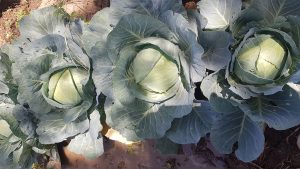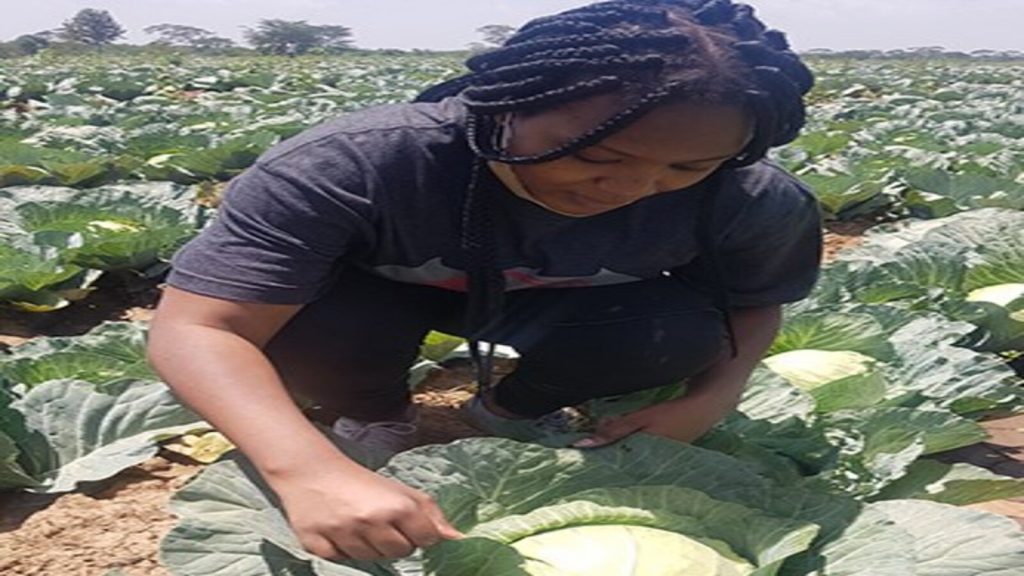Cabbage presumably originated from Europe. It is a biennial plant though grown as an annual and does well in mild and cool climates and is easy to grow. Cabbage prefers soil reach in organic matter that is well-drained and grows from seed and seedling. It is grown in both small and large scale. An acre should hold approximately 15,000 heads or more depending on rain fed or drip irrigation system. Different forms of cabbage include kale, cauliflower, broccoli among others. Indeed cabbages have different varieties,
sizes, shapes and colors. It is noted for its nutritional importance. It is,
- Low in calories because its water content is in excess of 70%
- Less protein
- Low fat
- Contains minerals (calcium, iron)
- Contains vitamins A and C
- Rich in dietary fibre and antioxidants
- Cabbage is one of the least acidic vegetable.
How to grow cabbages
- Sow seeds a ½ inch deep (nursery)
- Ensure proper spacing of 2.5cm, plants 45cm to 60cm apart
- Transplant after 4 to 6 weeks, spacing of 30cm-60cm (if close heads will be smaller at maturity)
- Apply fertilizer 2-3 weeks after transplanting
- Add nitrogen-based fertilizer 21 days later
- Water regularly and consistently for cabbage to grow, form firm head and produce quality leaves
- However avoid watering close to maturity to reduce chances of split or bursting of cabbage
- Harvest from 75 days depending on variety
- Check if head is of the right size and firm
- Cut cabbage from the base
Nutritional value for cabbages
The purple/red variety has a greater nutritional value, it has high amounts of Vitamin A, B, C and K. It also contains manganese and potassium and are high in dietary fiber. Evidently red cabbage can be ideal for weight reduction and is cooked or eaten raw. However, it should not be over cooked because the more it is cooked, the more it produces an unpleasant smell. Furthermore pets e.g. rabbits and dogs can eat cabbage.

Cabbage is a low capital and labor intensive crop but high in demand. It is good for crop rotation as it takes 5 weeks in the seed bed and 2-3 months to mature depending on the variety.
Grace, a tomato, onion and cabbage farmer applied cow manure (organic fertilizer) before transplant. Prior to that, she had planted beans, a crop good at enhancing the soil.
Fertilizer and foliar were also applied, pests control, insecticides was also used. Watering and spacing was sufficiently done for growth and head size to meet the market demand.
For more information watch our video and subscribe to our channel to get other educative clips. Share with your friends so that we can all learn.
